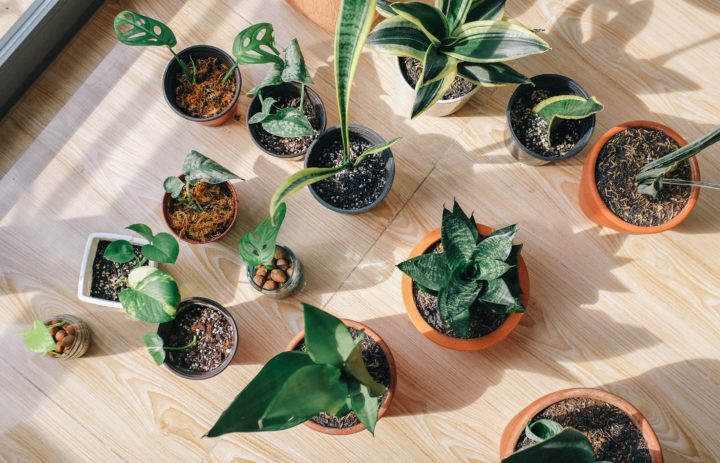The following contribution is from another author.
You would love to start a garden project but you simply don’t have ample outdoor space to keep it going. Why don’t you consider creating a DIY indoor garden instead and start harvesting your own herbs and vegetables for your own consumption? Let’s seek guidance from gardening pros from all over the country on how to go about this novel project:
1. Find the right location for your DIY indoor garden
Choose a perfect interior space to locate your indoor flowers and plants. It could be an unused room or the attic where there is an appropriate amount of sunlight coming in. Also consider what is the usual temperature of that spot in your home. This is because different kinds of herb or vegetable plants need varying amounts of sunlight and also require different degrees of temperature in order to thrive. – Deby of Cornell Farm.
Acquire a humidifier to counter the ill effects of too much heat on specific plants. – Stephanie of Lighthouse Garden Center
2. Choose vegetables and herbs that thrive indoors
Some plants which grow well outdoors behave differently when grown indoors. There are some recommended herbs and vegetables for indoor growing.
Tasty lettuce is a well recommended vegetable to start off your indoor garden. You need only to enrich your potting soil with compost and make use of a heat mat to get the seeds to quickly grow. Situate grow lights, 3 to 4 inches above the plants to prevent them from becoming leggy. – Christine Froelich from Gardening With What You Have
Arugula and Kale are both preferable for growing indoors because they love cool surroundings. Rosemary and mint are easy to take care of, taken from already existing plants from outdoors. Basil and cilantro thrive indoors when grown initially from seeds. – Xenia D’Ambrosi of Sweet Earth Co.
Easy-to-grow mushroom kits also thrive well in moist indoor environments, making the kitchen the perfect place to grow them. The kit is easy to use and perfect for beginners. One can harvest edible mushrooms for different recipes in as early as two weeks. — Danielle of the North Spore.
3. Make sure there’s adequate sunlight
You will know the pattern of sunlight coming in through your selected spot indoors for your garden. While adequate sunlight is affected to your plants on certain days, on some cloudy or raining days, they won’t have any sunlight at all. Grow lights could be worthy substitutes for natural light.
An ideal location would be a spot facing east because it would be sure to welcome in the morning sun. – Jackie of Perennial Nursery Co.
Make use of GE Grow Light 9 watt Balanced Spectrum LED bulbs for greens and seeds and GE Red for fruit production and flowering. – Kate Green of Lurvey
4. Water less for a thriving DIY indoor garden
Most amateur gardeners conscientiously water their indoor flowers and plants with the thought that this is the appropriate thing to do. Actually, an indoor garden thrives more with less watering, but with more thoroughness.
Don’t water if the soil is moist. Once it’s dry, that’s the time to water. – Bruce Allentuck of Right Plantz
Know your plants. Some need more water than others. – Megan Faletra of The Well Essentials
Some plants need a good soaking in the shower or the sink once or twice a month. – Dimitri Gatanas of Urban Garden NYC
5. Take care of your plants appropriately by using the correct soil
The eventual taste of your DIY grown herbs and vegetables will depend a lot on the quality of your soil.
Create custom blends of nutritious compost and potting soil. A light mix for salad greens, a balanced blend for herbs and add in more nutrients for fruit-bearing plants. – Victoria Lebeaux of Hortiki Plants
Liquid fertilizer should be blended in with water and nutrient solution mix once a month. – Timothy Hammond of Big City Gardener
6. Consider making use of a hydroponic system for your indoor garden
This format doesn’t require any soil at all. It’s best if you have a small indoor space.
Using hydroponics, plants grow 3 times faster and larger in Rise Gardens compared to soil growth.
Take heed carefully of your water temperature when using hydroponics in your indoor garden. It should be just right because warm temperatures will cause the plants to flounder. – Ty Nance of Grow Green Garden Shop
















